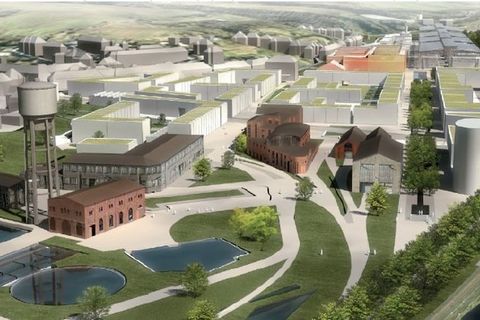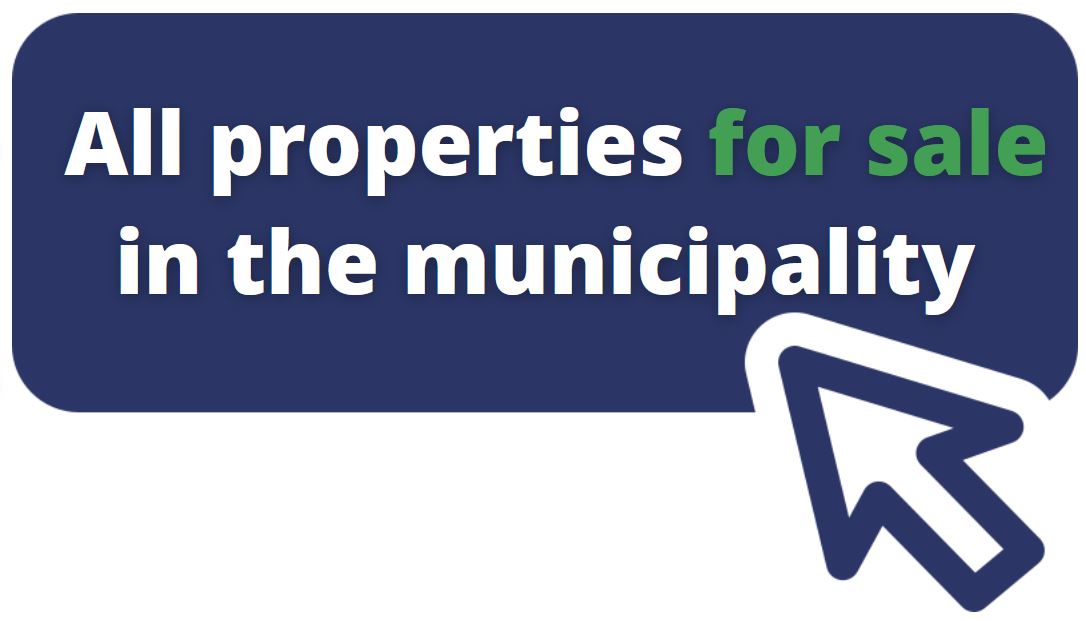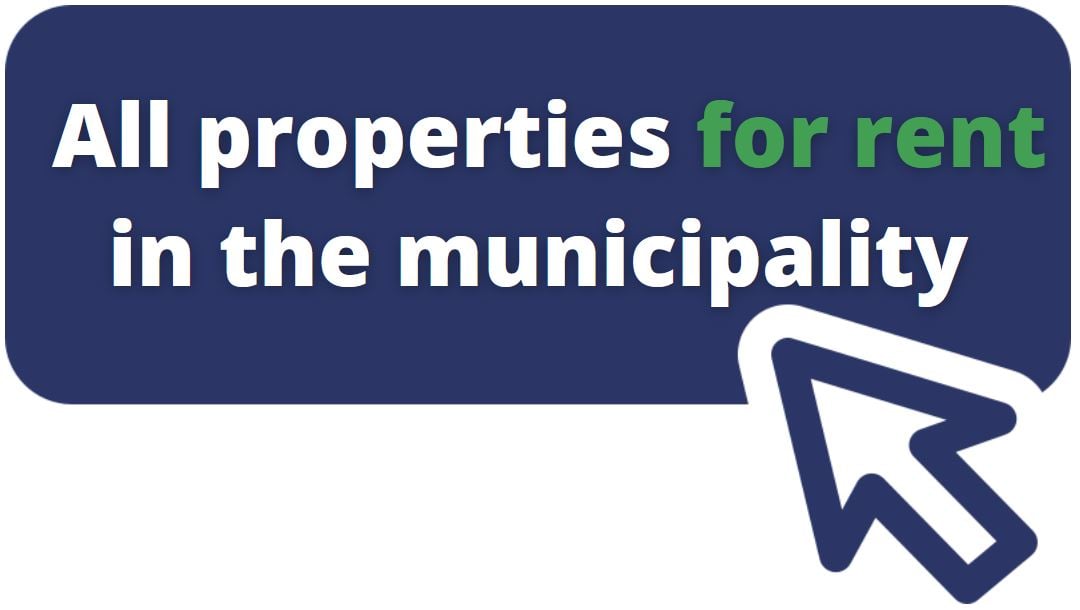
Living in Luxembourg: Focus on the City of Dudelange
Limited to the south by the border with France, the municipality of Dudelange, a former industrial centre that has successfully made the transition to the tertiary sector preserving many green lungs, now has 22,000 inhabitants. A dynamic population that appreciates its proximity to the capital (trains, motorways) and its protected living environment. Enough to consider a relevant real estate project!
All generations are welcome in the city, where services, schools and shops are located alongside stadiums, museums and other cultural venues. An impressive portfolio!
Educational facilities
Nearly 1,900 pupils attend more than ten basic schools in Dudelange, taught by 230 teachers. Needless to say, there is bound to be one near you if you move to the city.
In addition, the Lycée Nic-Biever is a public secondary school with an excellent reputation. Its administrative premises are located in the beautiful Villa Thilges (built for a notary in the early 20th century). The school also houses a machine park dedicated to the city's industrial heritage: it brings together machines that were used to process ore after it was extracted (ingot mould, suction pump, converter, rolling stand).
Commercial offer
Another important asset is its rich and varied range of local shops. You can enjoy it using the shared space"https://www.wort.lu/fr/luxembourg/dudelange-change-de-visage-55d2fb7b0c88b46a8ce5e887">Am Duerf”, which will soon bring together shops, housing, offices and an underground car park around a very attractive square.
The heritage of Dudelange
In terms of heritage, Dudelange stands out for its sites of interest, such as the beautiful town hall inaugurated in 1932. Its neo-Gothic parish church of Saint-Martin, dating from the end of the 19th century, is decorated with magnificent wall paintings. Its Stations of the Cross are the work of the famous painter Dominique Lang, a native of the town.
A focus on culture
In terms of culture, Dudelange offers:
- The “Nei Liicht” art centre dedicated to audiovisual art and photography;
- The Dominique Lang centre specialising in contemporary art;
- The municipal museum (archaeology and local history);
- The Museum of the “Enrôlés de force” (forcibly enlisted), which echoes the dark hours of the 20th century;
- The Centre National de l'Audiovisuel, which organises exhibitions and film projections, it also houses a media library, photographic studios, archives and laboratories.
You will also enjoy visiting the historic districts of Brill, Little Italy and Schemelz, testimonies of the city's industrial past that have become picturesque (the Centre de Documentation sur les Migrations Humaines offers thematic exhibitions on the history of migration in the Grand Duchy and in neighbouring regions).
Walks in the heart of nature
And if you are more of a nature lover, head for the green lungs of Dudelange for exotic walks and hikes... Like Mont Saint-Jean, surrounded by forests, the ruins of its medieval castle and paths marked out with educational panels, or the Ginzebierg circuit where the RTL transmitter is located.
The Le'h park in the centre of the town with its trees and tree climbing paths and the Mayrich park with its fountains and playgrounds must also be mentioned.
Finally, between walking and education, we invite you to discover the Haard Nature Reserve, a classified protected area covering 198 hectares! We told you: there's never a dull moment in Dudelange!
Real Estate
Moving to Dudelange to take advantage of this dynamic and green setting is a choice that many Luxembourgers and border residents have made.
The city is well served by public transport and also boasts an attractive job market.
Property prices in Dudelange are relatively attractive. For example, you can expect to pay 7,382 euros per square metre for a built flat and just over 7,885 euros for a VEFA (Ventes en Etat Futur d'Achèvement) flat.
If you prefer to rent, estimate an average price per square metre of 24.93 euros.
The history of the city of Dudelange
Dudelange was born on the hill of Mont Saint-Jean, northwest of the present-day city. The Celts settled there, followed by the Romans. In the Middle Ages, a feudal fortress was built, of which some remains still exist. Nowadays, a panoramic tower provides a good view of the municipality and the region from the site.
It was centuries later, in the 19th century, that the town took off with the development of the metallurgy and steel industries. As a major centre of the Lorraine basin, Dudelange saw its population increase as its industry grew. The crisis in heavy industry affected the town from 1970 onwards. A voluntarist reconversion policy makes it possible to diversify the activity and to remain in phase with the economic prosperity of Luxembourg.
Dudelange has not forgotten its past and is enhancing it, while new districts are appearing: the latest is the Lenkeschléi district, where new residences and individual houses are being built, as well as a school, a “maison relais” and a gymnasium; all of which respect the passive energy concept. A special effort is also being made to promote culture, as well as environmental protection.
Nowadays, well connected to the capital and to the major French cities by motorway and train, Dudelange, the 4th largest city in the Grand Duchy (22,000 inhabitants), is a very pleasant place to live, combining tradition and modernity. What if it was the right cocktail for your real estate project?


